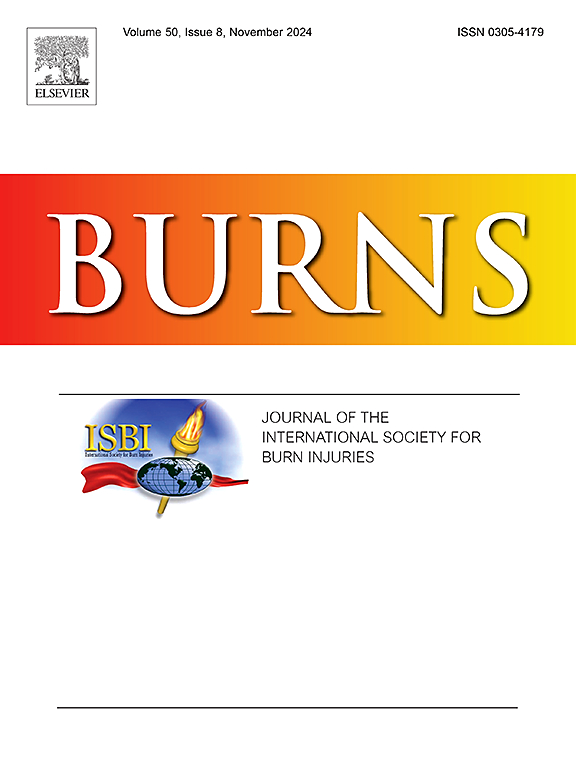印度国家烧伤学院 (NABI) 在线教程:追求卓越的烧伤教育
IF 3.2
3区 医学
Q2 CRITICAL CARE MEDICINE
引用次数: 0
摘要
本文章由计算机程序翻译,如有差异,请以英文原文为准。
National Academy of Burns India (NABI) online tutorials: Pursuit of excellence in burns education
Introduction
The COVID-19 pandemic led to a sudden halt in the academic activities of many medical professionals including burns and plastic surgery. Worldwide, this led to many societies switching over to various virtual platforms like Google Meet and Zoom for teaching and training. In India, as the other plastic surgery societies started their educational webinars, the National Academy of Burns India (NABI) also geared up for its web journey for imparting burn education to doctors and the general population.
Methodology
Webinars were conducted in four series – acute burn care, post-burn reconstructions, video demonstrations of burn procedures, and research in burns. The first series included a specialist from an allied department. To reach the public and non-medical population, the burn tutorials for general awareness were live-streamed on social media, and the teaching was done in the form of a panel discussion between the speakers and moderators.
Results
A total of 54 webinars including 29 for professionals and 25 for the public were conducted between October 2020 to December 2023 in four series. The participation of professionals on the virtual platform was comparable to a burns conference and an extremely encouraging response was received to the NABI tutorials conducted on social media for the public.
Conclusion
NABI webinars showed that education in burns is possible on a virtual platform under special circumstances like the COVID-19 pandemic and can be used as an adjunct to regular teaching and training. The public awareness webinars also served as readily available resource material for the general population.
求助全文
通过发布文献求助,成功后即可免费获取论文全文。
去求助
来源期刊

Burns
医学-皮肤病学
CiteScore
4.50
自引率
18.50%
发文量
304
审稿时长
72 days
期刊介绍:
Burns aims to foster the exchange of information among all engaged in preventing and treating the effects of burns. The journal focuses on clinical, scientific and social aspects of these injuries and covers the prevention of the injury, the epidemiology of such injuries and all aspects of treatment including development of new techniques and technologies and verification of existing ones. Regular features include clinical and scientific papers, state of the art reviews and descriptions of burn-care in practice.
Topics covered by Burns include: the effects of smoke on man and animals, their tissues and cells; the responses to and treatment of patients and animals with chemical injuries to the skin; the biological and clinical effects of cold injuries; surgical techniques which are, or may be relevant to the treatment of burned patients during the acute or reconstructive phase following injury; well controlled laboratory studies of the effectiveness of anti-microbial agents on infection and new materials on scarring and healing; inflammatory responses to injury, effectiveness of related agents and other compounds used to modify the physiological and cellular responses to the injury; experimental studies of burns and the outcome of burn wound healing; regenerative medicine concerning the skin.
 求助内容:
求助内容: 应助结果提醒方式:
应助结果提醒方式:


